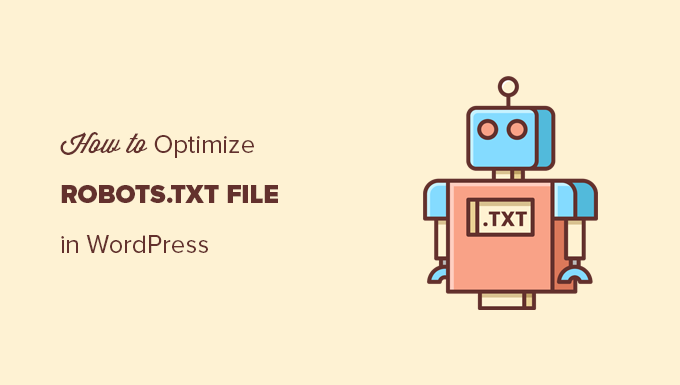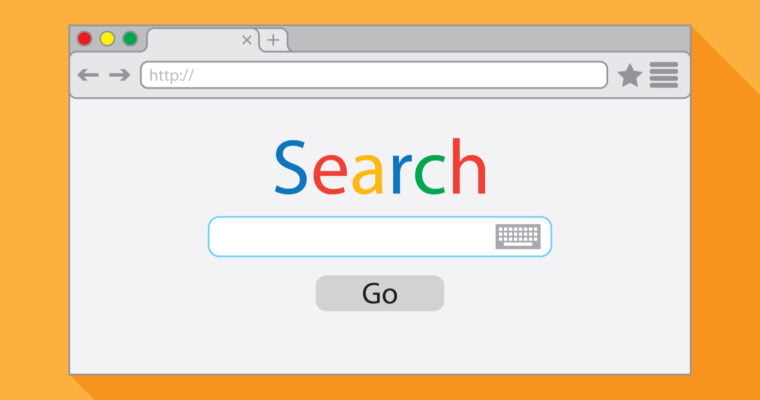How to Optimize Robots.txt, Semantic HTML, & Rel-Canonical. When it comes to optimizing your website for search engines, it’s important to understand some of the key technical components that can help or hurt your search rankings. In this article, we’ll take a closer look at three critical elements that Google has identified as being crucial for SEO success: robots.txt, semantic HTML, and rel-canonical.
Google is constantly evolving and updating its algorithms to provide users with the best possible search results. As a website owner, it’s important to stay up-to-date with these changes in order to rank well in Google. In this article, we’ll take a deep dive into three important topics that impact your search engine optimization (SEO) efforts: Robots.txt, Semantic HTML, and Rel-Canonical.
What is a Robots.txt File?
A robots.txt file is a simple text file that sits on your website and tells search engine bots which pages or sections of your site they should or shouldn’t crawl. By using this file, you can ensure that sensitive or unimportant pages are not indexed, which can help prevent duplicate content issues and improve your overall search rankings.
To create a Robots.txt file, simply create a new text file and save it as “robots.txt”. You can then add instructions to the file telling search engines which pages or sections of your website to avoid. One you have created your robots.txt file next step is how to optimize robots.txt. For example, if you have a directory on your website called “private”, you can add the following code to your Robots.txt file to block it from being crawled by search engines:
User-agent: *
Disallow: /private/
It’s important to note that while Robots.txt files can prevent search engines from crawling specific sections of your website, they do not provide any security. If someone knows the URL of a page you’re trying to block, they can still access it.
The Benefits of Using Robots.txt
There are several benefits to using robots.txt, including improved website performance, better privacy, and easier maintenance.
Improved Website Performance
By using robots.txt, website owners can control which pages or sections of their website are crawled by search engine crawlers. This helps to reduce the amount of resources required to crawl the website, which can improve the website’s performance.
Better Privacy
By using robots.txt, website owners can protect sensitive information on their website, such as login pages and sensitive data. This helps to ensure that sensitive information remains confidential and protected.
Easier Maintenance
By using robots.txt, website owners can control which pages or sections of their website are crawled by search engine crawlers. This helps to reduce the amount of resources required to crawl the website, which can make it easier to maintain the website.

How to Optimize Your Robots.txt File for SEO
To optimize your robots.txt file for SEO, there are a few key steps you can follow:
- Make sure your robots.txt file is properly formatted and easy for search engine bots to understand.
- Use your robots.txt file to block sensitive or unimportant pages from being indexed by search engines.
- Regularly review and update your robots.txt file to ensure that it accurately reflects the structure and content of your site.
Semantic HTML: The Importance of Structured Markup
Semantic HTML is a set of HTML tags that are used to describe the meaning of the content rather than just the appearance. It’s a way of adding meaning to the content, which makes it easier for both humans and search engines to understand what the content is about.
Using semantic HTML can have a positive impact on your SEO efforts because it helps search engines understand the structure and content of your pages. For example, using an
Semantic HTML provides a clear and concise structure for content, which helps search engines to understand the context and relevance of the information on the page. It also provides users with better accessibility, as screen readers can understand the content more easily.
Semantic HTML tags include headings (h1, h2, h3, etc.), paragraphs (p), lists (ul and ol), and emphasis (strong and em). These tags give meaning to the content, which makes it easier for both humans and search engines to understand the context and relevance of the information on the page.

The Benefits of Using Semantic HTML
There are several benefits to using semantic HTML, including improved accessibility, better search engine optimization (SEO), and easier maintenance.
Improved Accessibility
Semantic HTML provides a clear structure for content, which makes it easier for screen readers to understand the content. This helps to improve the accessibility of the page for users with disabilities.
Better SEO
Semantic HTML provides search engines with a clear understanding of the content on the page. This helps search engines to understand the context and relevance of the information on the page, which can improve the page’s ranking in search results.
Easier Maintenance
Semantic HTML provides a clear structure for content, which makes it easier for developers to maintain the website. This helps to reduce the amount of time and resources required to maintain the website, and can help to ensure that the website remains up-to-date and relevant.
How Semantic HTML Can Improve Your Search Rankings
- Improved Accessibility: Semantic HTML makes it easier for assistive technologies, such as screen readers, to interpret and understand the content on a web page. This can improve the accessibility of your site, making it more user-friendly for users with disabilities.
- Better User Experience: Semantic HTML can provide a better user experience by making it easier for users to understand and navigate your site.
- Increased Crawlability: Semantic HTML can improve the crawlability of your site by making it easier for search engines to understand and index your content.
- Better Contextual Relevance: Semantic HTML provides better contextual relevance, which can help search engines better understand the content on your site and its relevance to a user’s search query.
Best Practices for Implementing Semantic HTML
To optimize your semantic HTML for SEO, there are a few key steps you can follow:
- Use header tags (H1, H2, H3, etc.) to create a clear hierarchy of headings and subheadings on your page.
- Use descriptive, meaningful tags such as “header,” “nav,” “footer,” etc. to provide context and meaning to the content on your page.
- Use HTML attributes, such as “alt” and “title,” to provide additional information and context about the content on your page.
- Ensure that your site’s code is well-organized and easy to understand
Rel-Canonical: What It Does & Why You Need It
The rel-canonical tag is an HTML attribute that tells search engines which version of a page should be considered the “canonical” or preferred version. This is particularly useful if you have multiple versions of a page on your website (e.g. http://example.com and http://www.example.com), as it helps prevent search engines from treating them as separate pages.
By using a rel-canonical tag, you can ensure that search engines only index and rank the preferred version of your page. This can help prevent duplicate content issues, which can negatively impact your search rankings.
To use the rel-canonical tag, simply add the following code to the section of your page:
<link rel="canonical" href="http://www.example.com/your-page">
How to Optimize Your Rel-Canonical for SEO
To optimize your rel-canonical for SEO, there are a few key steps you can follow:
- Use the rel-canonical attribute to identify the preferred version of your pages.
- Regularly review and update your rel-canonical to ensure that it accurately reflects the most relevant version of your pages.
- Make sure your rel-canonical is properly formatted and easy for search engines to understand.
Conclusion
In conclusion, robots.txt, semantic HTML, and rel-canonical are all critical elements for SEO success. By understanding and optimizing each of these components, you can help improve your search rankings and ensure that your website is optimized for both search engines and users.
Whether you’re just starting with SEO or looking to improve your existing strategies, taking the time to understand and implement these key elements can have a significant impact on your long-term success.



